This sizeable and vibrant hummingbird is a frequent resident in many parts of the Andes.
Meet the Collared Inca:
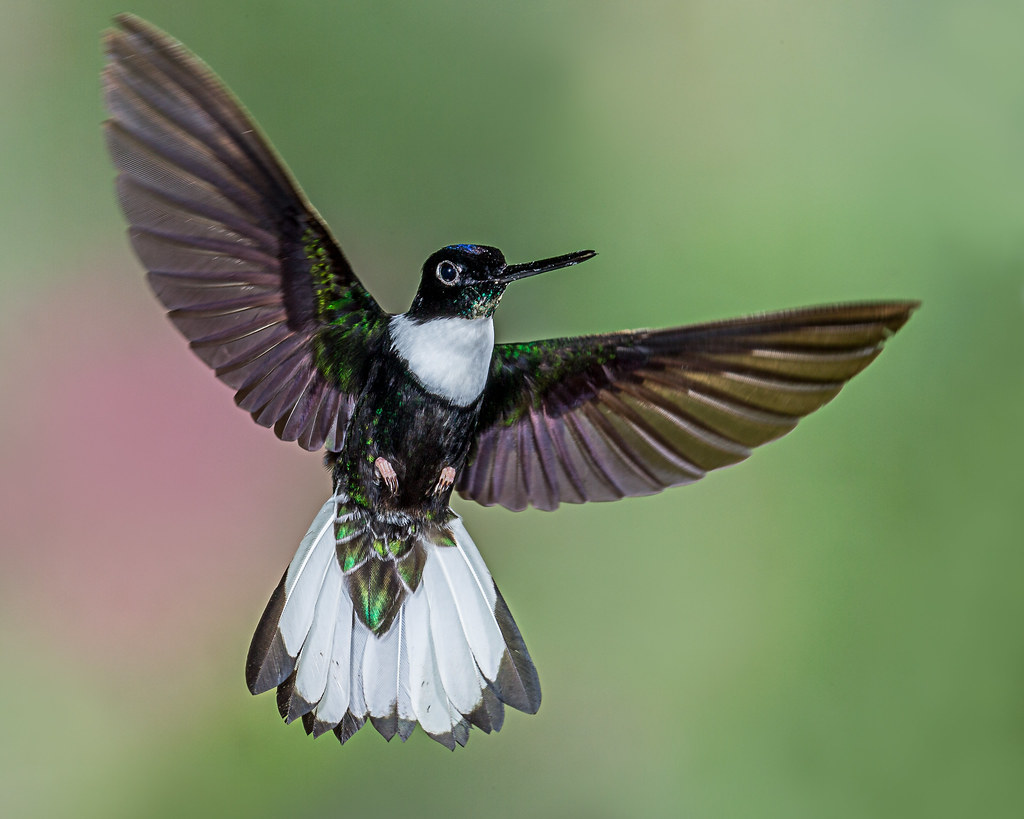
“Collared Inca” by Andy Morffew is licensed under CC BY 2.0.
The Collared Inca (Coeligena torquata), a frequently encountered hummingbird species, is native to the lush forests of the Andean mountains. Adult males boast blackish-green upperparts with a slightly greener lower back, while the tail exhibits a distinctive forked shape. Their underparts are adorned with a black chin and throat, featuring green feather edges. Notably, a prominent broad white collar graces their neck, while the lower breast and belly sport a blackish-green hue, transitioning to green undertail coverts. The undertail reveals inner feathers in a dark bronze-green shade, with the remaining rectrices in white, adorned with varying-sized dark bronze-green tips.
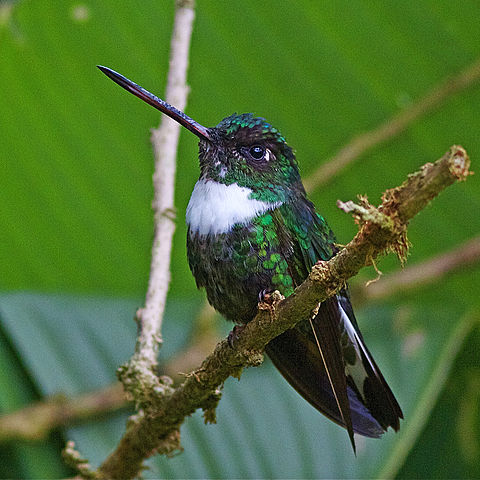
Photo courtesy of Joseph C Boone/CC BY-SA 3.0
In contrast, females lack the purple crown spot and have heads washed in green. Their glossy upperparts shim mass mouse click mer with golden-green hues, and their chins are primarily grey with green edges. Similar to males, females possess a broad white collar, but their bellies exhibit a darker grey with hints of golden-green edges.
The undertail coverts are grey-green edged in white, and their tails are less forked than those of males. Immature birds resemble adult females, with head feathers displaying buffy fringes.
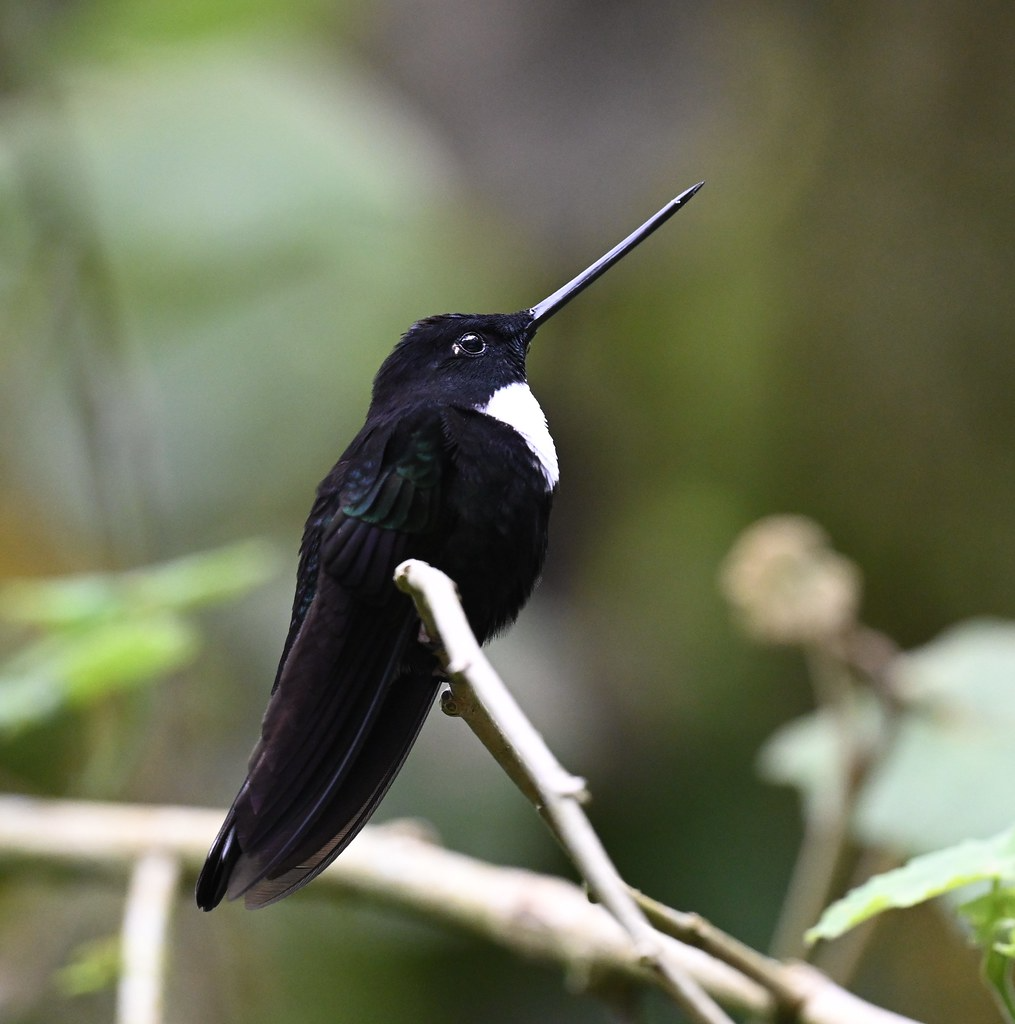
“Collared Inca” by Wildreturn is licensed under CC BY 2.0.
The Collared Inca comprises six subspecies inhabiting the Andean range, each distinguished by variations in plumage coloration, crown spots, and the extent of green body plumage.

“collared inca” by noverholtz is licensed under CC BY-SA 4.0.
These birds thrive in humid and wet montane forests and shrubby forest borders, occupying various levels from the understorey to the lower canopy. Typically, they are found at elevations ranging from 1500 to 3000 meters, depending on the season and region. While there’s limited information about their migratory behavior, it’s likely they undertake seasonal movements and occasional post-breeding dispersions.
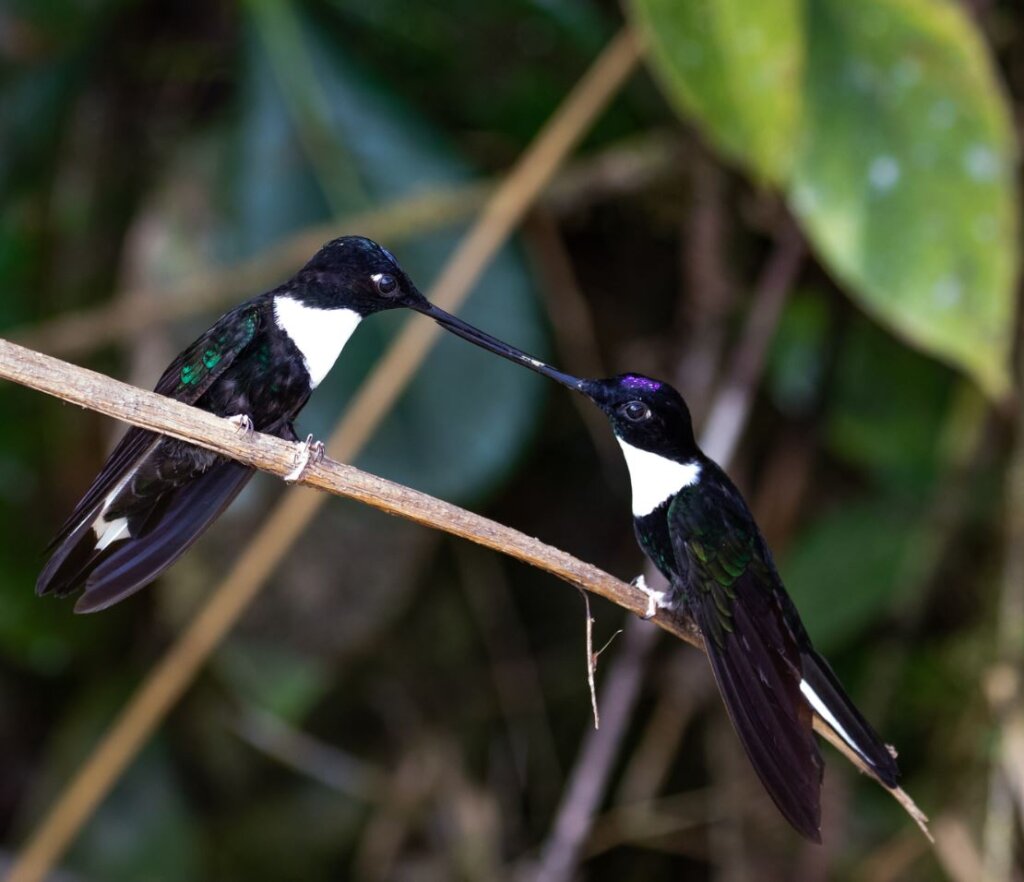
“collared inca” by Cullen Hanks is licensed under CC BY 4.0. (cropped)
The Collared Inca primarily sustains itself on nectar from various plant species, supplemented by arthropods obtained through hawking or gleaning in vegetation. They forage actively, from the understorey to the lower canopy, often at forest edges or within dense vegetation. These birds are agile and silent when practicing “trap-lining,” visiting specific plant species. During feeding, they hover below pendant flowers to access nectar using their bills and tongues.
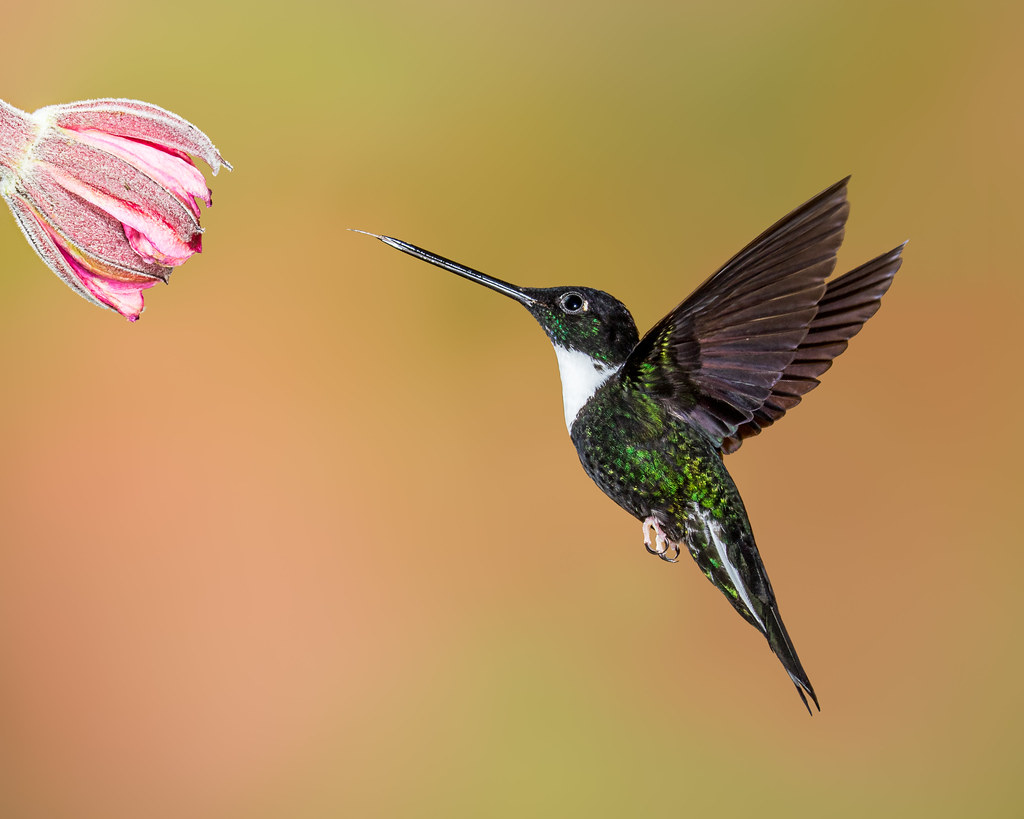
“Collared Inca” by Andy Morffew is licensed under CC BY 2.0.
To defend their food sources, they engage in vocal displays, perform gorget displays toward other birds, and occasionally engage in aerial displays. Courtship displays resemble defense displays.
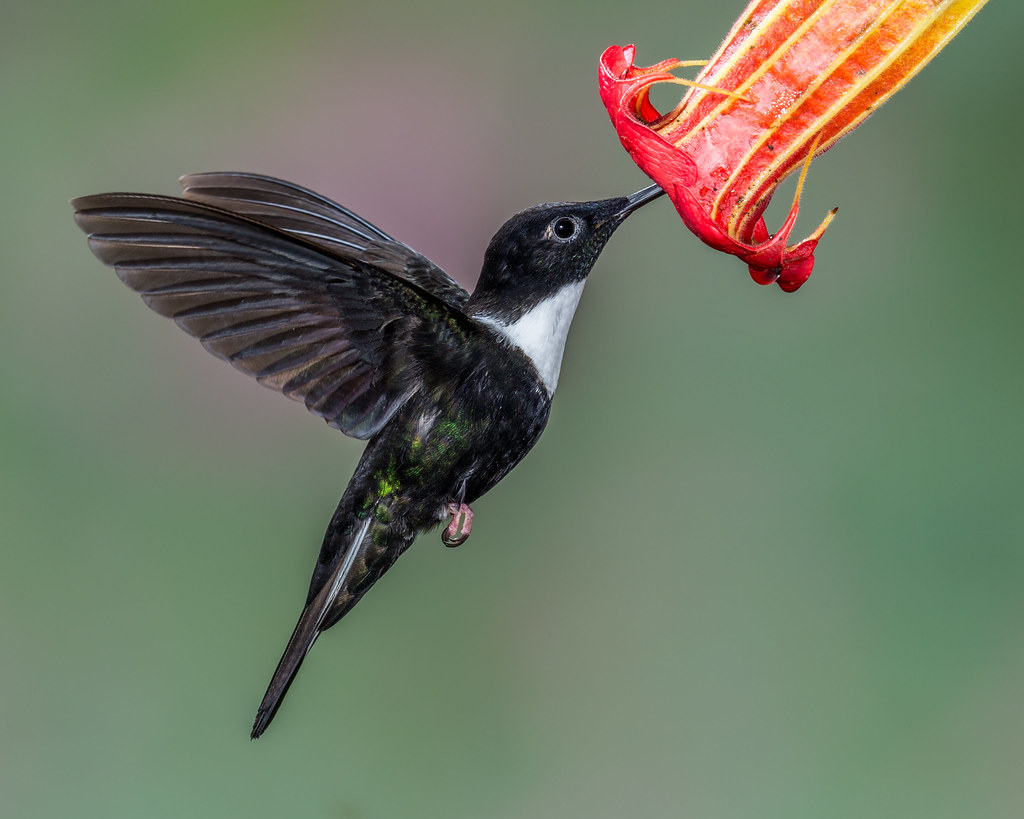
“Collared Inca” by Andy Morffew is licensed under CC BY 2.0.
Breeding for Collared Incas takes place between November and March in Colombia. Their nests are typically concealed on rock cliffs, often tucked beneath ferns at heights of about 1.5 to 2 meters above the ground. These nests are intricately crafted with plant fibers, featuring heavy adornment with moss and dead fern leaves on the outer surface. Female Collared Incas typically lay two eggs, although detailed information about their nesting behavior is scarce.
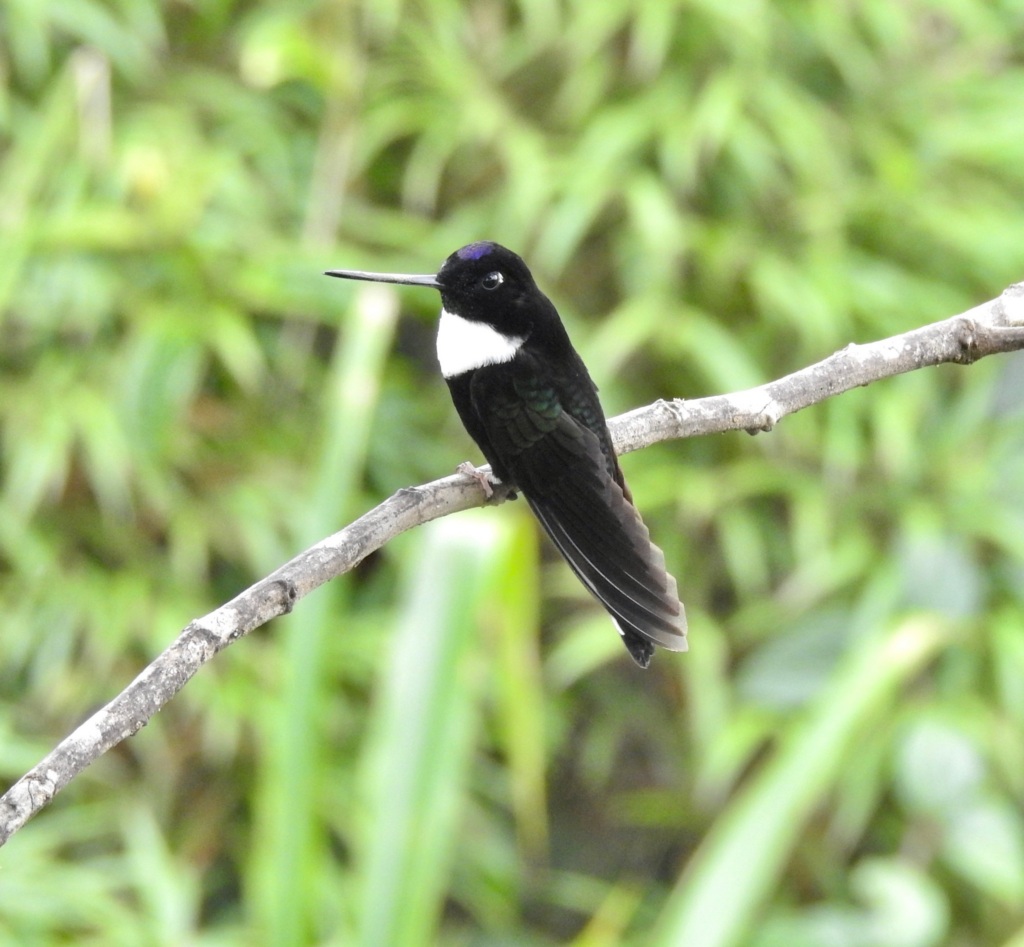
“collared inca” by Laura Gaudette is licensed under CC BY 4.0.
In terms of vocalizations, Collared Incas emit high-pitched chirps and whistles, brief and often used as advertising calls during abundant feeding sessions. When defending territory, they produce rapid, aggressive chattering series, and their alarm calls, similar to contact calls but shriller, serve to signal the presence of predators near their nests or feeding areas.
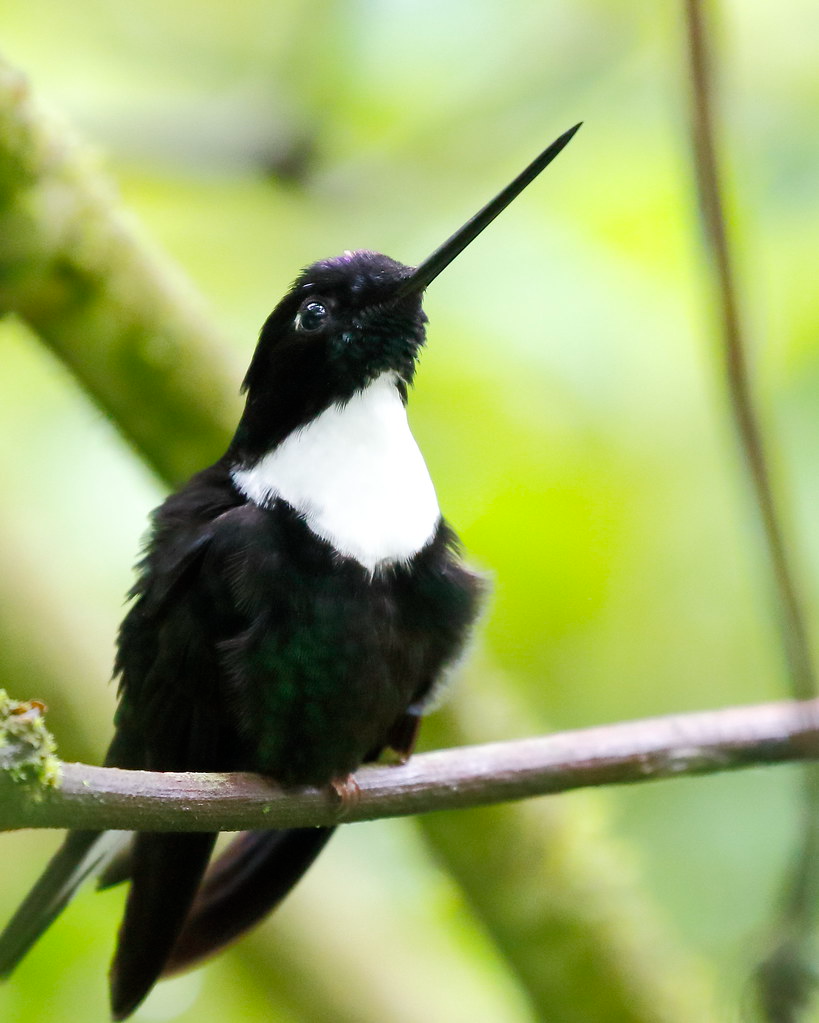
“Collared Inca (m) (Coeligena torquata) – 260A0186” by rolf.riethof is marked with Public Domain Mark 1.0.
The Collared Inca maintains a diet centered around nectar from flowers and supplements it by hawking or gleaning arthropods from the surrounding vegetation. While this species is currently quite common across the Andean range, it faces threats from habitat destruction through deforestation, which could pose a future risk. However, substantial portions of their habitat are protected in Colombia and Ecuador, and as of now, they are not considered a threatened species.
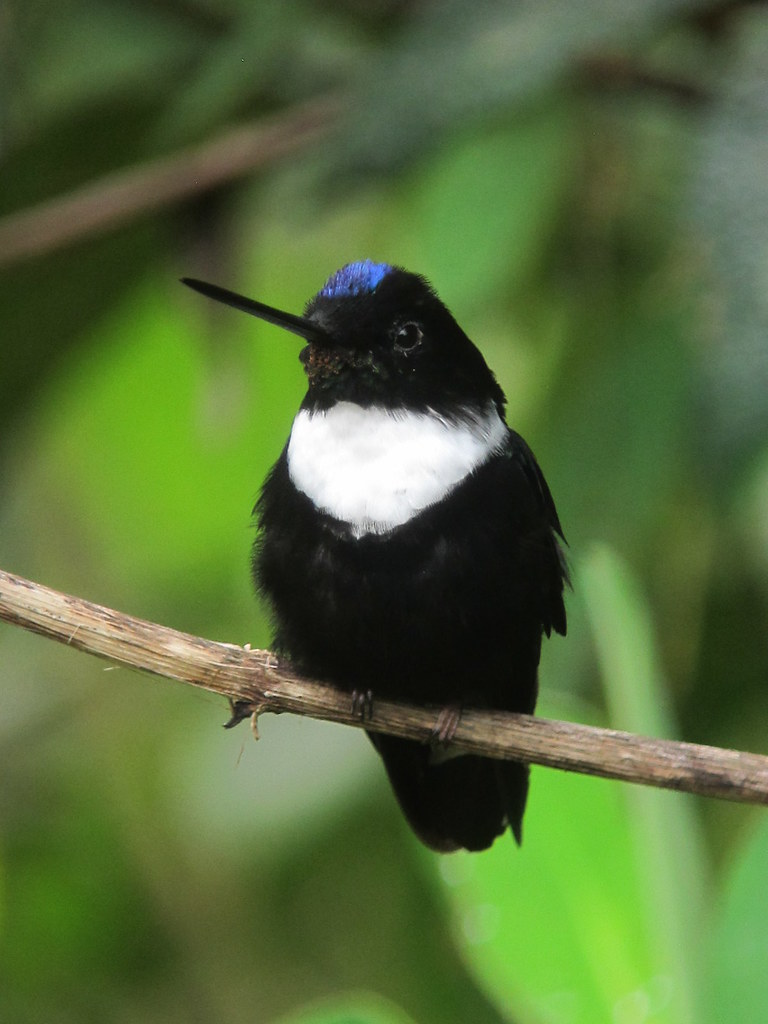
“Coeligena torquata / Inca collarejo / Collared Inca” by felixú is licensed under CC BY-SA 2.0.
Watch this bird go about his daily activities next:




